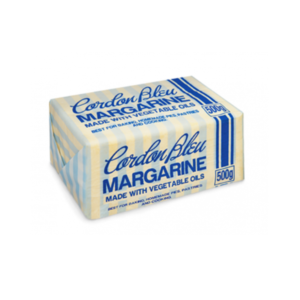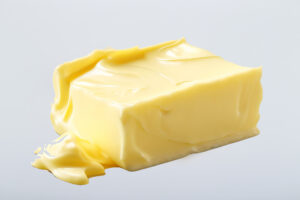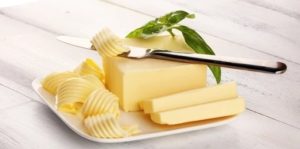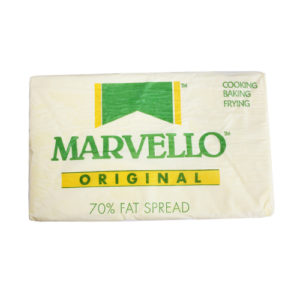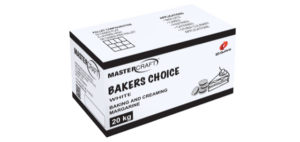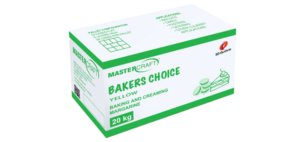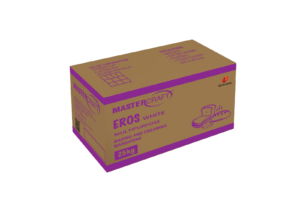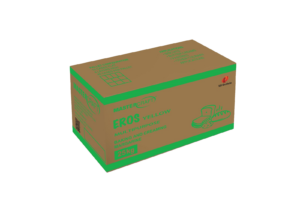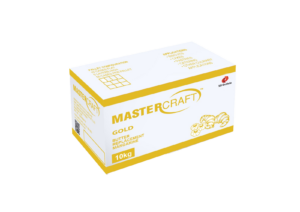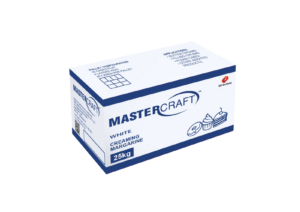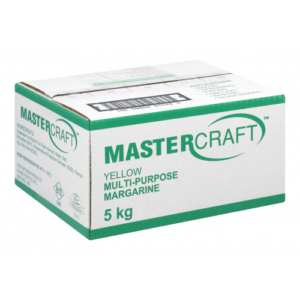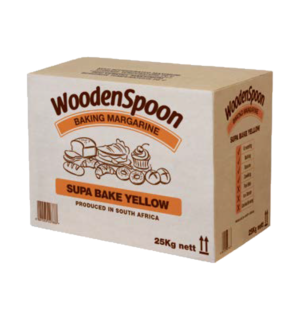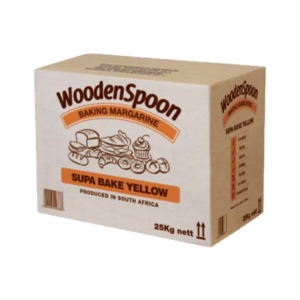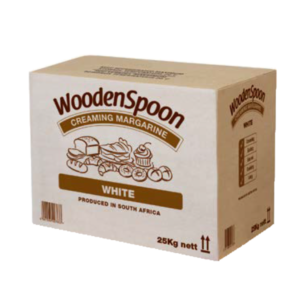
Margarines
About Margarine
Margarine which looks similar to butter is a spread and a food product. It is an emulsified, fatty food product initially created as a substitute for butter. Initially, it was created from animal fat only, but now it is made from water, salt, emulsifiers, and milk.
Showing all 15 results
Relianz Foods is your trusted supplier of premium ingredients for the industrial and food service industries. Our comprehensive range of high-quality products spans various categories, ensuring we meet your specific needs and enhance your culinary creations.
From bakery fats, oils, margarine, and release agents to seeds, chocolate and cocoa powder, dried fruits and glacé, nuts, sugars, syrups, and sugar alternatives, we have everything you need to elevate your recipes. Our selection also includes grains, pulses, and legumes, baking aids, toppings, icings, and fillings, as well as flours, raising agents, improvers, and yeast.
For confectionery delights, explore our collection of confectionery ingredients, including flavors and colors that add a touch of magic to your sweet treats. We also offer a variety of herbs and spices to infuse your dishes with captivating aromas and tantalizing flavors.
Relianz Foods goes beyond ingredients, offering food safety wear, cleaning and hygiene products, as well as preservatives and additives to ensure the quality and longevity of your food products.
With Relianz Foods as your trusted partner, you can access a wide array of premium ingredients and expect exceptional quality, reliability, and personalized service. We understand the unique challenges of the industrial and food service sectors and are dedicated to providing you with support, customer service, and efficient logistics to meet your requirements.
Choose Relianz Foods as your go-to supplier for premium ingredients across diverse categories. Experience the difference our high-quality products make in your culinary creations and drive the success of your business.
Production
Although the procedure for making margarine is not very difficult, it is nonetheless a process. The oil must first be hydrogenated to achieve the proper consistency for making margarine. In this procedure, pressurized hydrogen gas and a metal catalyst are added to the oil. The result of all this intensive processing will be the creation of trans fats. This oil is then poured into a large stirring pot, heated to 60°C to 70°C, and mixed with either water or skim milk, depending on the type of margarine. Any salts, emulsifiers, or other agents are also added at this stage to give the margarine extra flavor, aesthetic or nutritional value. After the mixture is smoothly combined, it is then transferred to the agitation chamber. Here, the temperature of the margarine is significantly dropped causing it to crystalize and thicken. The margarine is then tempered and prepared to ship to bulk margarine suppliers ending up on your supermarket shelf.
Producers
Due to its low cholesterol and fat content, margarine is produced as a less expensive alternative to butter and is used for baking, spreading, and cooking. Various countries in the world produce margarine, and the leading producing country is the United States of America.
Properties
- Most types of margarine are high in polyunsaturated fat. These fats reduce the risk of heart problems.
- Phytosterols or stanols in margarine are effective in lowering cholesterol if you eat enough of them as part of a heart-healthy diet low in saturated fat and cholesterol.
- Contains omega-3 and omega-6 which are responsible for preventing blood clotting, helping the smooth functioning of the circulatory system.
Uses
Margarine is a food product and can be used as a spread on bread, bagels, toast, and crackers. It can also be used as a cooking oil or as a substitute for butter in baking. It will give the baked products a richer, more buttery taste and texture. Margarine can be substituted in almost any recipe requiring butter.
